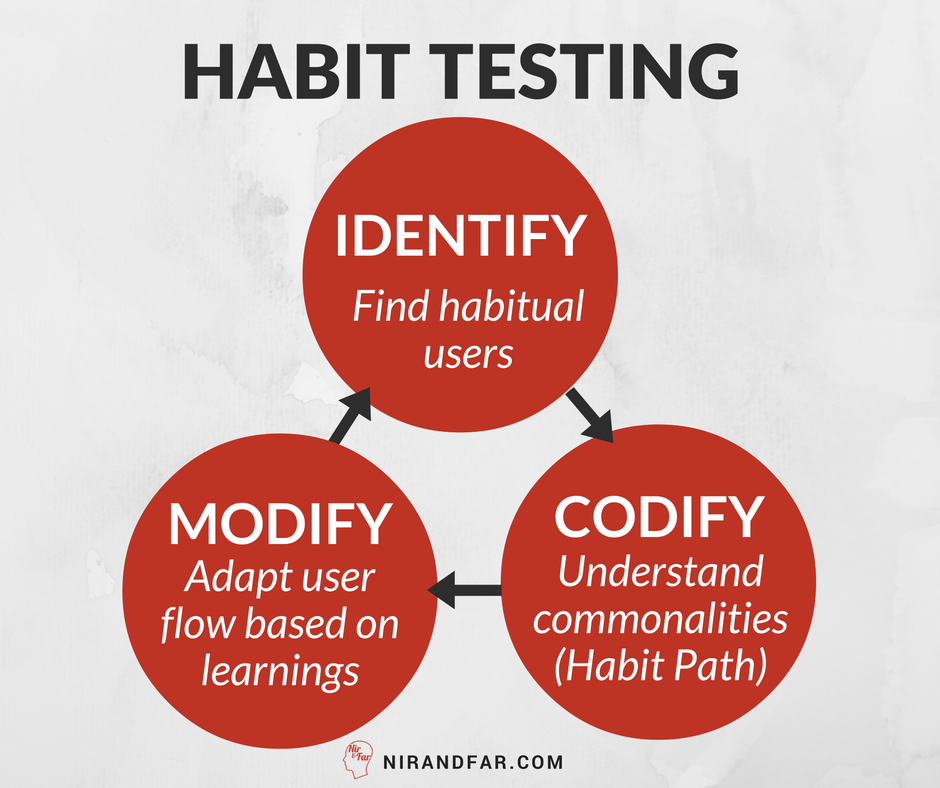Nir Eyal, author of Hooked, recently suggested that products are becoming increasingly addictive. Three macro-trends are driving that, he told me, and together they are lifting the addictive potential of all sorts of products and services:
- Companies are now able to collect more data about user behaviours;
- Interactive technology is more accessible; and
- The transfer of data is happening faster than ever before.
You don’t have to look far to see consumers heavily engaging with the apps they have integrated into their lives. Facebook, Twitter and Linked In are all obvious but Marie Claire cites research that shows there are now 50 million active users on Tinder. On average, they check their accounts 11 times per day and spend an average of 90 minutes per day doing so. In the words of Led Zeppelin, that’s a whole lotta love.
7 reasons consumers are so engaged with apps
- Universal need – great apps cater to something that all humans recognise as desirable. In the case of Tinder, everybody wants company.
- Simple – it’s easy to use, and there’s some sort of distinctive ritual that makes it what it is. In Tinder’s case, you swipe. In Pinterest’s case, you pin.
- Mobile – people can “check in” on the run, and they can do so through their devices.
- Repeatable – this is something that people can do on a daily basis – in fact, many times per day.
- Rewarded – there’s rewards for continuing to check in, and as Nir Eyal points out in his book, those rewards are variable, making them more intriguing and addictive
- Social – the focus is on the individual but the app also enables them to engage with other people
- Safe – there are enough safeguards built in for people to feel that they are not taking an undue or unforeseen risk. We could debate the reality of that – but the perception is certainly there.
It got me wondering whether, if addictiveness is more and more crucial to success, more brands need to be shaping their product lines and their experiences/interactions around some version of Nir’s Hooked Model? Do brands need to behave more like apps in an increasingly mobile world? Technology brands do already of course. But what if you extended this approach into areas that are less wired? If brands worked harder to gamify decision making and engagement, is it possible to make the things people do every day feel less everyday?
Could habit be the elusive link between mobile devices, retail and online?
Ultimately, will omni-channel live or die on its ability to create and satiate habits? If so, that would be a major shift in emphasis it seems to me: from an approach focused on access via multi-channel service delivery to one intent on driving, reinforcing and fulfilling powerful brand habits in a range of ways.
The power of Habit Paths
There’s implications here too for how we might rethink selling. In B2C at least, brands probably need to be looking to entice consumers down what Nir Eyal refers to as Habit Paths rather than continuing to rely on sales funnels – and using data, accessibility and speed to cultivate relationships that align with wider social behaviours rather than brand-specific needs.
If you rethought coffee from the point of view of those hooking qualities – data, accessibility and speed – what would it do not just to what you sold but also the context within which sales and interactions took place? After all, as Peter Diamandis points out, coffee, innovation and connectivity have a long history of association. Something to think about over your next cuppa perhaps.
Also recommended
Fears are powerful buying motives
Fear is one of the most effective buying motivations brands have – but it needs to be used carefully and selectively.
7 significant consumer motivations. Which ones are you using?
John B. Watson, a key figure in the development of behaviourism, famously said that effective advertising revolved around three basic emotions: love, fear and rage. I’ve added four more reasons.
Read my Virtual Coffee with Nir Eyal interview.
Note: A version of this article was posted elsewhere under the title Would Your Brand Pass The Tinder Test?


